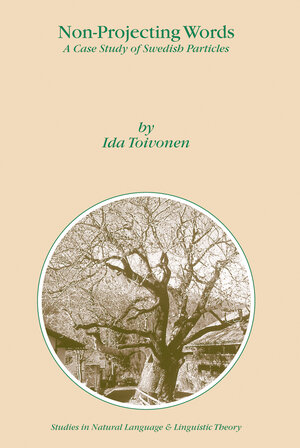
From the reviews:
„In this book, Toivonen has produced an exceptionally lucid document, one that I do not hesitate to recommend to students and colleagues … this is that rare volume that contributes to linguistic theory while being highly accessible. The book furthermore strikes an exemplary balance between description and analysis; it is rich in clearly organized and insightfully presented data … . This book makes an important contribution.“ (Peter Svenonius, Language, Vol. 84 (3), 2008)
Focusing primarily on Swedish, a Germanic language whose particles have not previously been studied extensively, Non-Projecting Words: A Case Study on Swedish Particles develops a theory of non-projecting words in which particles are morphologically independent words that do not project phrases.
Particles have long constituted a puzzle for Germanic syntax, as they exhibit properties of both morphological and syntactic constructs. Although non-projecting words have appeared in the literature before, it has gone largely unnoticed that such structures violate the basic tenets of X-bar theory. This work identifies these violations and develops a formally explicit revision of X-bar theory that can accommodate the requisite „weak“ projections.
The resulting theory, stated in terms of Lexical-Functional Grammar, also yields a novel classification of clitics, and it sheds new light on a range of recent theoretical proposals, including economy, multi-word constructions, and the primitives of lexical semantics. At an abstract level, we see that the modular, parallel-projection architecture of LFG is essential to the description of a variety of otherwise recalcitrant facts about non-projecting words.




